28 Miles Uphill – Marathon Training on the Road
On 7 July 2019, I’ll be toeing the start line of the 2019 Zermatt Ultra Marathon. The race takes place in a Swiss valley, starting 13 miles downhill from Zermatt. After reaching Zermatt, (where Ju will join the course to run the half marathon) the race winds its way up the valley side where the marathon and half finish, 13.1 miles later. The ultra-marathon then continues a mere 2.1 miles further, but a lot more uphill, topping out at Gornergrat, an eye-poppingly beautiful viewpoint among the glaciers and 4000m mountain peaks of the Swiss and Italian Alps. The Matterhorn, the Toblerone mountain, stands tall above all of this, iconic against the sky (unless it happens to be snowing, which it does some years). From the bottom to the top, it’s over a vertical mile of climbing in thinning air up to 3089m above sea level, and over 6 hours of running, probably closer to 7 for me.
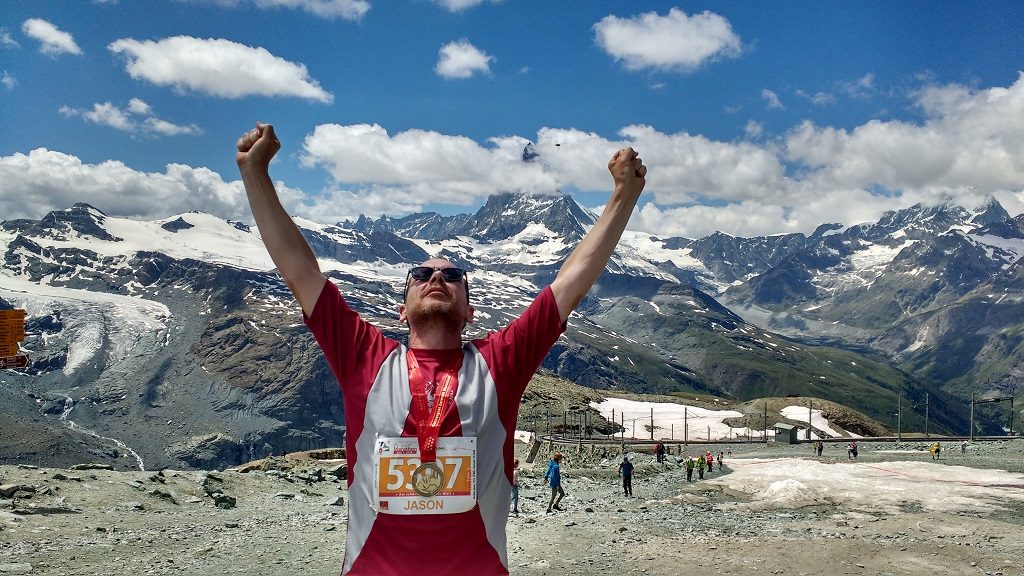
Why do People do These Mad Things?
What makes someone want to do something like this? The run itself is just one final effort, almost unimportant after many months of training: who wants to do all that running, running and more running? If you’re a runner, I don’t have to answer the question of course: you’ll have your own reasons for doing it. Everyone’s different and it’s not a subject I find runners talk much about. I wonder whether that’s because we don’t really have the skills to explain it? For me, I **think** my reason for doing it is to tap into something deep inside myself, something primal. To test myself maybe? To gain control and direction over a reserve of strength which may otherwise go on a negative rampage inside? I can’t quite be sure, but it feels like the right thing to do.
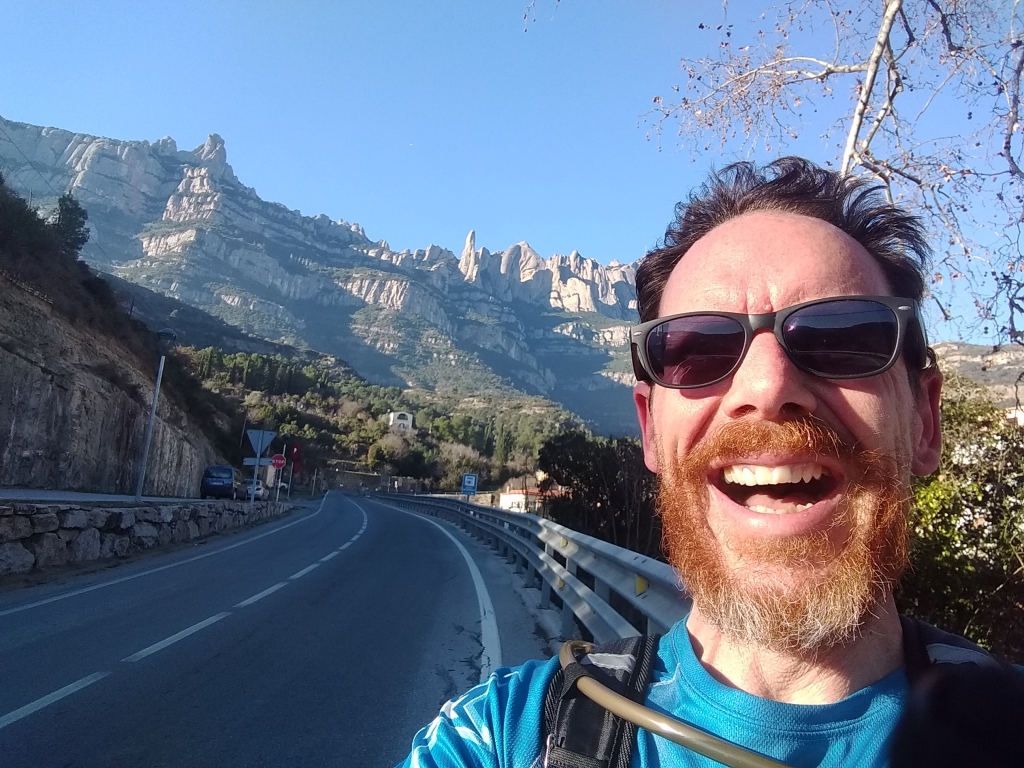
A Quick Recap on How We Got Here
Since retiring (very) early (this is how – free to download), I found I needed something to fill the gap left by the challenge of work. In thrashing around trying to find that ‘thing’, and becoming increasingly panicked in the process, a friend of mine told me he was doing this crazy uphill altitude half marathon thing in the Alps. It sounded bonkers, I signed up. Six months later Phil and I were stood in our start pen at Zermatt, hearts already pumping, waiting to be released into the stream of marathon and ultra marathon runners already flowing past the mountain town.
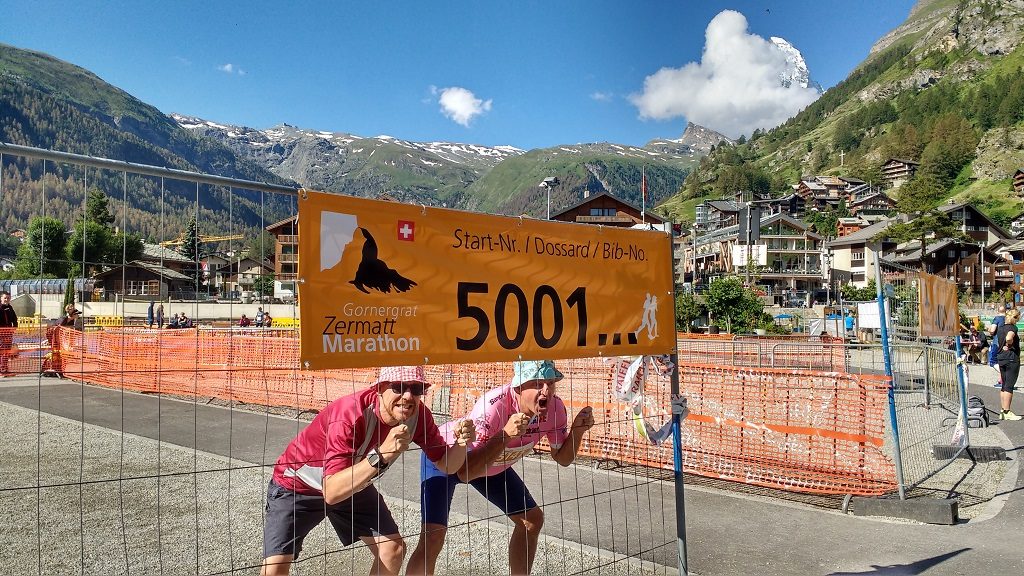
I’d already starting training when I signed up, with the first couple of months spent mostly in the gym on the Concept II indoor rower to try and avoid getting injured due to being too heavy for distance running. Our friend Sue was training for the London Marathon at the time, and I was lucky enough to join her for parts of her long runs later in the winter, which started to get me back into running. In the run up to Zermatt, I upped my training to about 30 miles a week, with at least one half marathon each week.
My final summer preparation took in some unforgettable altitude runs in the Alps, including up the iconic Col du Galibier, the still-snow-shut Col de L’Iseran and a less interesting but still tough jog up to Les Arcs 1800. The run went perfectly (race report here), and I felt an elation at the top, overcome with emotion (our beloved pooch Charlie had passed away a few days before). I raised over £1500 for the British Heart Foundation (my Dad’s been fighting COPD for many years), was hooked on running again and I’d lost two stones in weight.
Giving Up the Booze and the One Night Stands
Alright, it wasn’t hard to give up the one night stands (as though I ever had any!), having been happily married for over a decade. It wasn’t that hard to give up the booze either if I’m honest. It isn’t in any way necessary to pour all your wine down the sink to do this running stuff, after all my local running club, the mighty Kimberley and District Striders, calls itself the ‘Drinking Club that Runs’! I’d found myself naturally drinking less and less during the spring of 2018 though, as I started to build confidence that I could run these distances as an old man (I’m 47 now – I last ran ‘seriously’ in my 20s). Some time in the summer I stopped drinking completely, I don’t know exactly when.
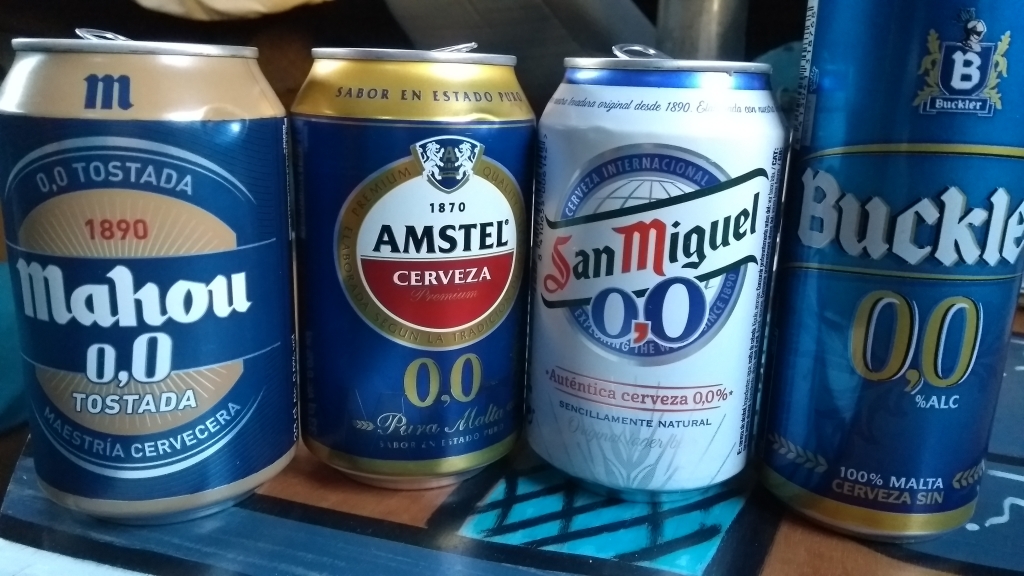
By far the hardest thing about giving up the booze is the sense I’m putting a downer on everyone around me. Like pretty much everyone, I imagine, I associate drinking with enjoying myself, and it almost seems that if I’m not supping beer or wine, I can’t be relaxed and having fun. As a lifelong anxiety-ridden introvert, I have surely used a million beers to help relax and enjoy myself in the past, that’s for sure! I think, perhaps, I’ve just accepted the fact I’m shy, and socially awkward. These days I have a pretty great life, and I’m usually enjoying myself sober. If I’m not, I’m making no attempt to mask it with ale. Does not drinking help with the running though? Yup, for me it does. I’ve met plenty of people who can drink and train hard the next day. I’m not one of them. That never worked for me. I was never tough enough to train hungover.
Besides the beer, I’ve altered my diet too over the past 15 months. I used to eat more than my far share of crisps, biscuits, sugary breakfast cereal and chocolate. I’ve cut most of ’em out, although I see off the odd few squares of chocolate and a biscuit or three. Nuts are my guilty pleasure these days. Even though I’m burning through about 5000 calories a week running, I can still easily put on weight, which I think is down to me eating too many nuts as they are very high in fat. I’ve started a food diary, as I need to get my weight down before Zermatt. I’m current 73Kg (11 stone 6 lbs, and want to be closer to 70Kg (11 stone). I’m 5 foot 10, so 11 stone will give me a BMI of 22, which is about right for my age, if still heavy for distance running.
Deciding to Do the Big One
After heading for home in July last year all the uphill running caught up with me, and my right achilles picked up tendinopathy (used to be called tendinitis). This causes stiffness and pain around the back of the heel, and it’s hard to get rid of. I (wrongly) thought I needed to stop running so switched to the gym, using the Concept II rowing machine again and cross-training equipment to keep some of the weight off my achilles. I enjoyed the change, rowing a marathon to try and build a bit of mental endurance, but it didn’t fix my achilles. I must have felt certain I’d be able to sort the problem though, as I booked, myself onto the ultra marathon in August 2018 while I was still injured. Phil, who knows how hard the run is having done the half marathon twice, was a tad incredulous I think! I don’t blame him, the obvious next step was the marathon but I don’t want to have to go back to Zermatt again in 2020 to do the ultra!
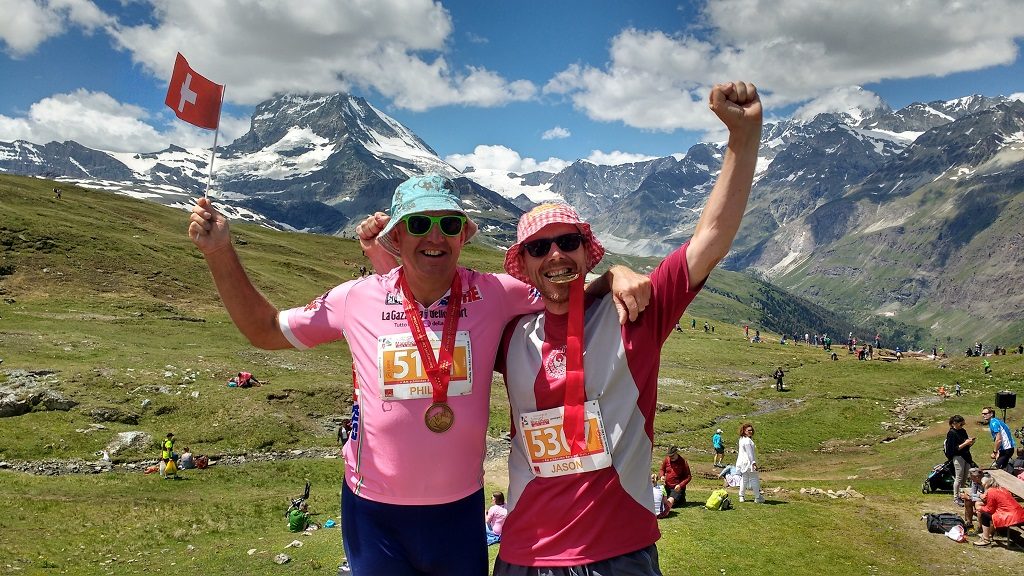
In the end I did the research and started following Alfredson’s Protocol, which consists of 180 repetitions a day standing on one leg and slowly lowering your heel down over the edge of a step, plus light running. After two months or so I was able to run freely for a fair few miles, and managed to complete the Nottingham half marathon with Ju in Sept 2018 in 97 mins, not bad (my best ever was just under 76 minutes, but that was 20 years ago!). I was on my way.
The Slow Build Up
I booked the ultra almost eight months ago, so what’s happened since? A fair bit of running among other things. While at home Ju and I run with our club on Wednesday nights and take part in club races when we’re around. We also do Saturday morning Parkruns, which are free timed 5km, spread right across the UK (anyone can do ’em, and you can walk if you want – read more here). I never used to do these as Friday night always involved beer and I would stay in bed while Ju went and did the local Parkruns. Several members of our running club have completed 50 or even 100 of these runs. Ju and I have run some cracking places – including the Bois de Boulogne in Paris and The Eden Project (which is free like all Parkruns, and even gives you free entry to the incredible biospheres). We highly recommend ’em.
After the Nottingham half I decided I couldn’t hold off doing a marathon any longer and, using a backpack to carry liquid and food, I jogged a 13.1 mile loop around my home town twice, finishing in about 4 hours 17 minutes. I ached but was pleased I’d finally done it – I’d never run above 22 miles in my life. Then in December 2018 I ran my first 50km in an organised event, taking 5 and three quarter hours to run 33 completely-flat miles. That run broke me. I had to lift my legs one by one into the car (thankfully Ju was driving), and that night my body temperature saw me sweating buckets until the early hours when the faux-fever broke. I couldn’t walk properly for days, and I realised I needed all the months I had left to get me up to Gornergrat.
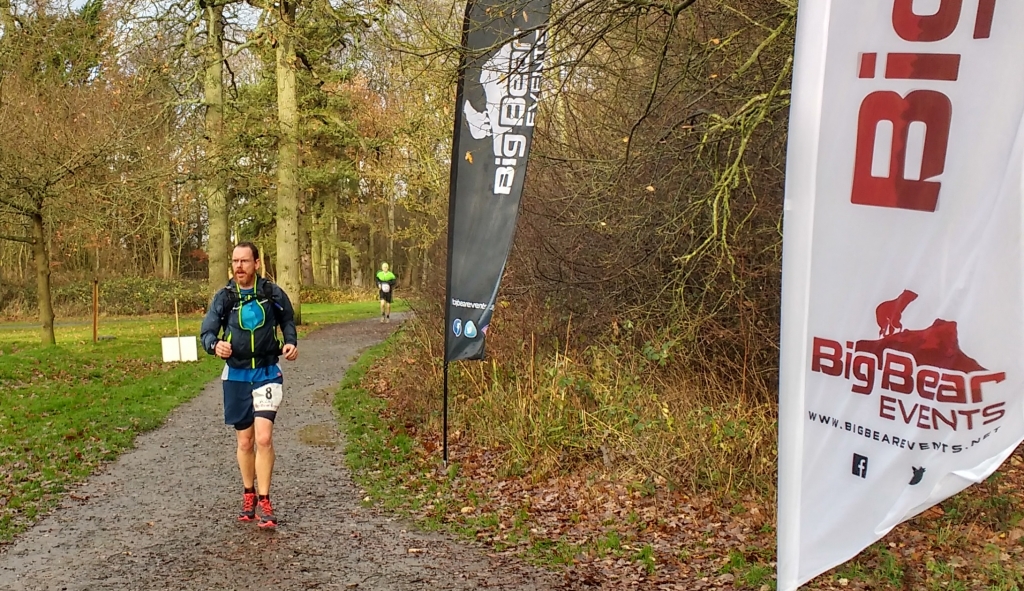
Both Ju and I then picked up a bug over Christmas, which knocked us out for the best part of a month. That was most likely a blessing for me, as my body needed a break to recover, although it felt like a big knock-back at the time. Come January 2019, we set off for three month’s travelling Europe in our motorhome, and once better we both started jogging again.
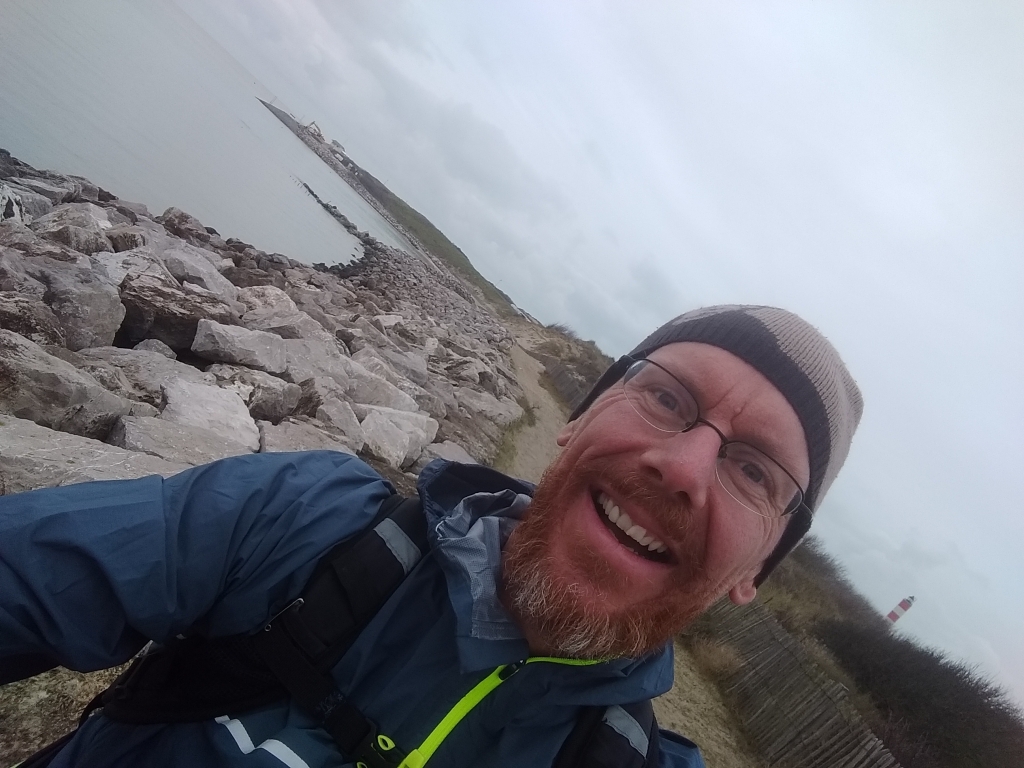
Since then I’ve been running 40 to 50 miles a week, right across France and Spain, with some great hilly trail runs in Spain’s many natural parks. We’re heading back towards the UK as I write this, and are booked onto the marathon (me) and half marathon (Ju) at Boston, Lincs in mid April, although Ju fell while on a training run and injured her knee so may have to defer her place to next year.
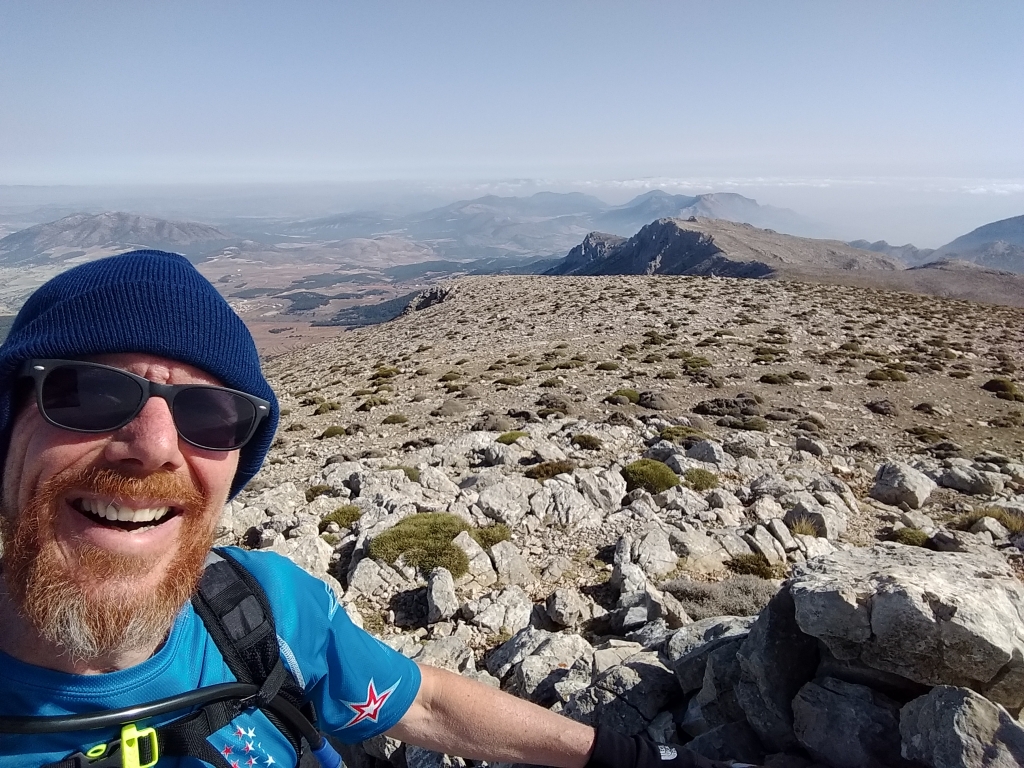
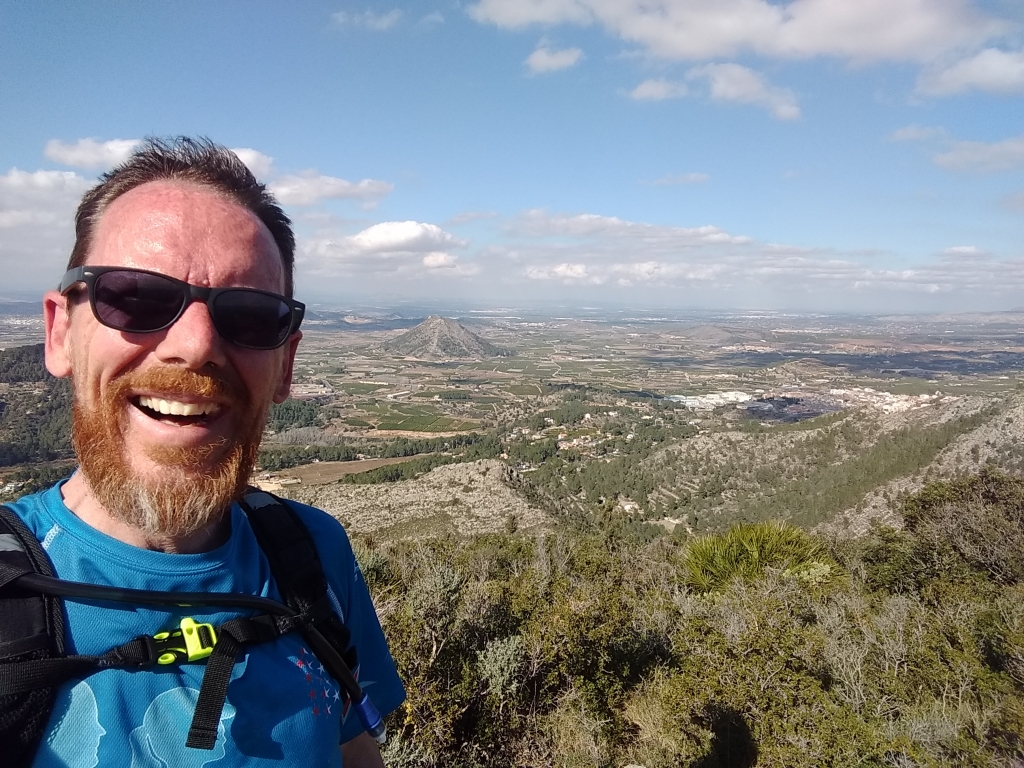
Once the marathon’s done, we’ll head down to the Alps in May and I’ll get in more long altitude(ish) runs in the mountains to complete preparation for Zermatt. There’s about four months left to go, so I should be able to push myself more to get fitter and lighter ready for the big event.
Pros and Cons of Training on the Road
In my opinion it’s easier to train for this kind of thing if you’re not travelling, but there are some major positives too:
Good stuff about training while travelling:
- The weather: in three winter months I’ve only run once in the rain.
- The scenery: running along hill ridges, through forests and beaches beats pounding the pavement.
- The novelty: every other day we’re somewhere new, and I get to look around new towns and countryside.
Bad stuff about training while travelling:
- Being lost: I’m usually running somewhere new. I use maps.me on my phone to navigate but am often lost.
- The dogs: Spain’s big on guard dogs, some of which aren’t restrained, not great when you’re in fear of being bitten.
- Injury handling: if one of us is injured on a run, we have to deal with getting them back to the van, and seeking treatment in a foreign country.
- Being alone: Ju and I run at different paces so tend to run alone. It can be hard to motivate yourself alone on long runs. I listen to music, with my phone playing on loudspeaker in my backpack so I can still hear cars.
- Doing it in public: running in public’s normal, but swinging a kettle bell around in a car park is less so. Doing squats, push ups, planks, crunches and lunges is recommended for runners these days, but they’re definitely easier to do in the gym!
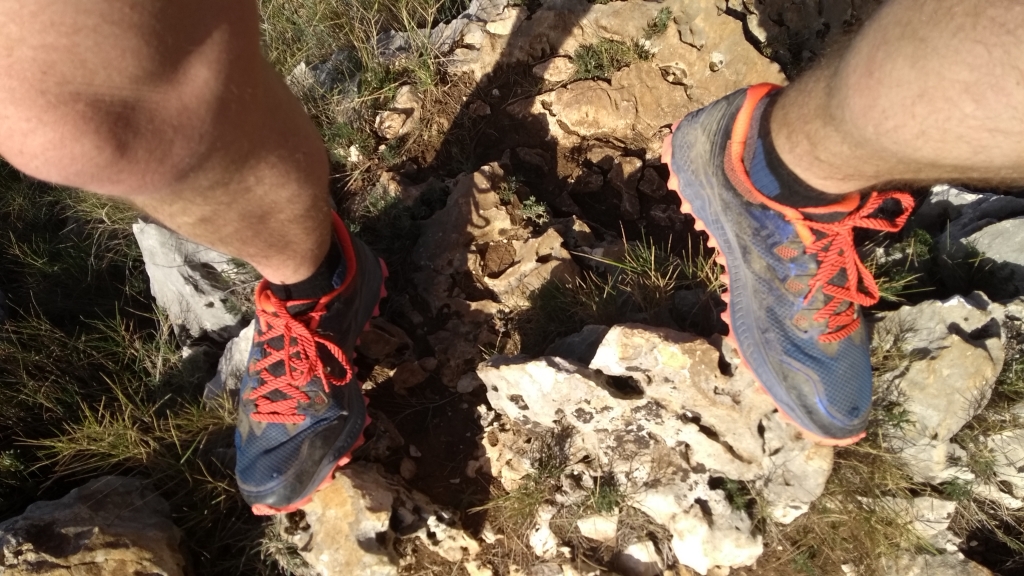
That’s it, we’re up to date. We’re just on the edge of the Basque Country in Spain as I write this. It’s Sunday and the motorhome aire has completely emptied out after last night’s singing and dancing in the adjacent town. The sun we’ve had the last couple of months has disappeared now we’re getting up north(!). I’ve scouted out a trail run and will nip out this afternoon for about ten miles to bring me up to about 50 for this week. I’ve two more 20+ mile runs to do before Boston, not sure where yet, maybe San Sebastian or Biarritz for the next one, we’ll see.
Cheers, Jay

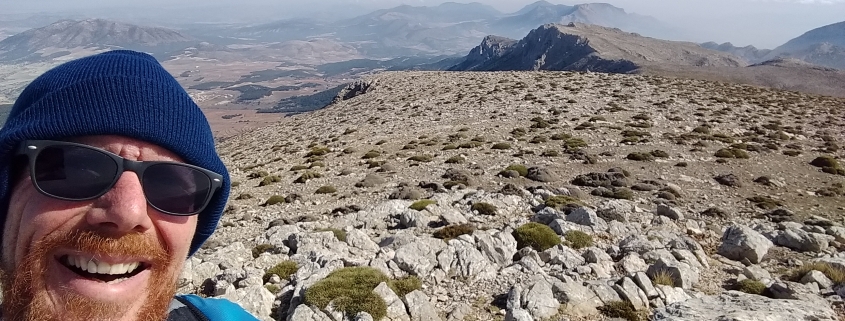
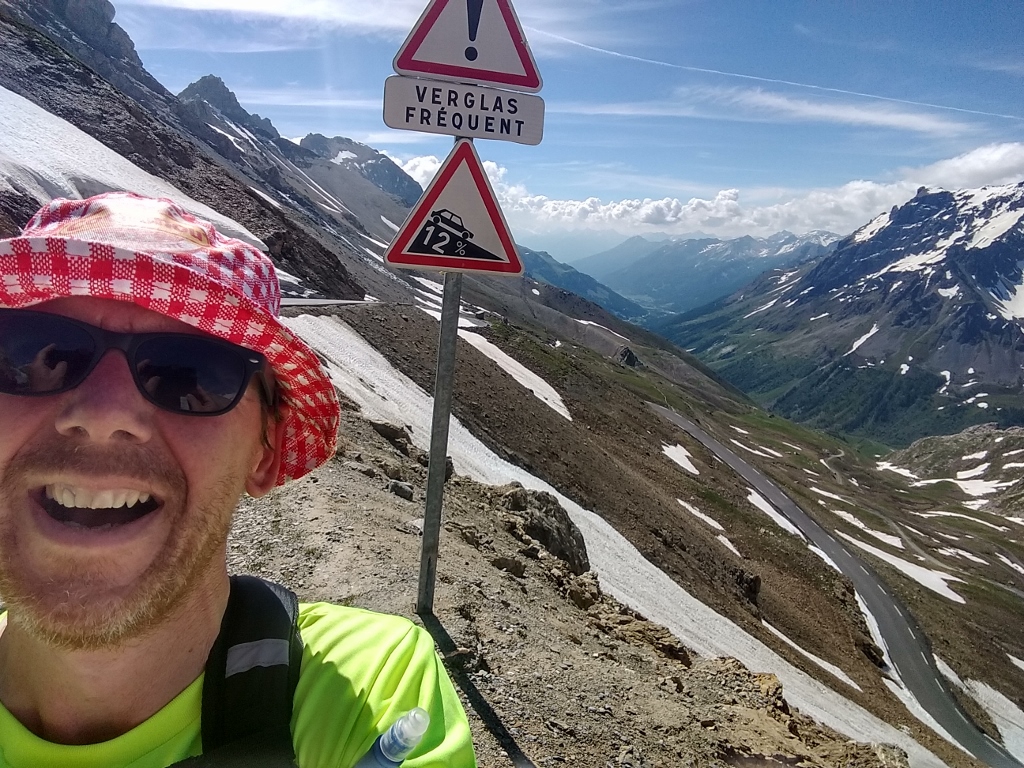
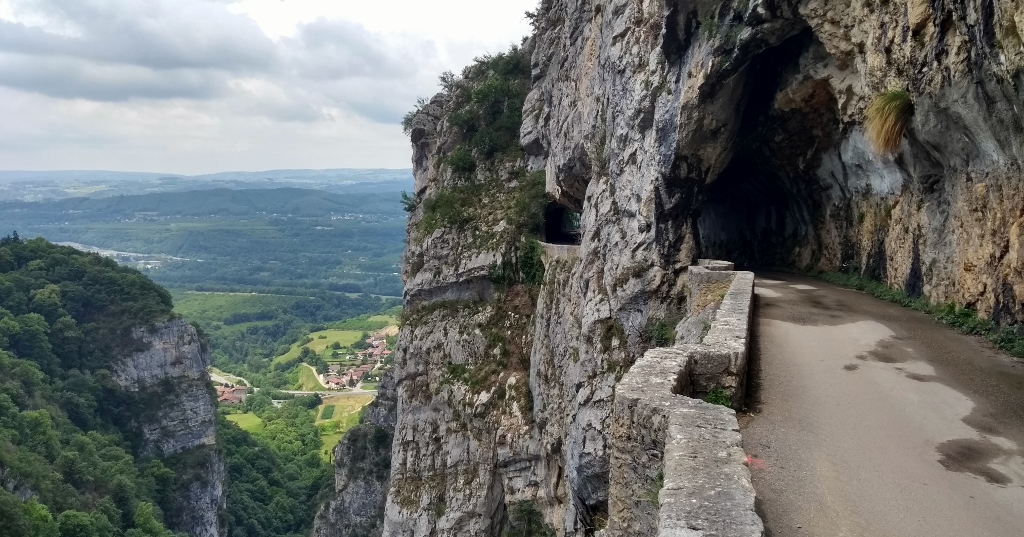
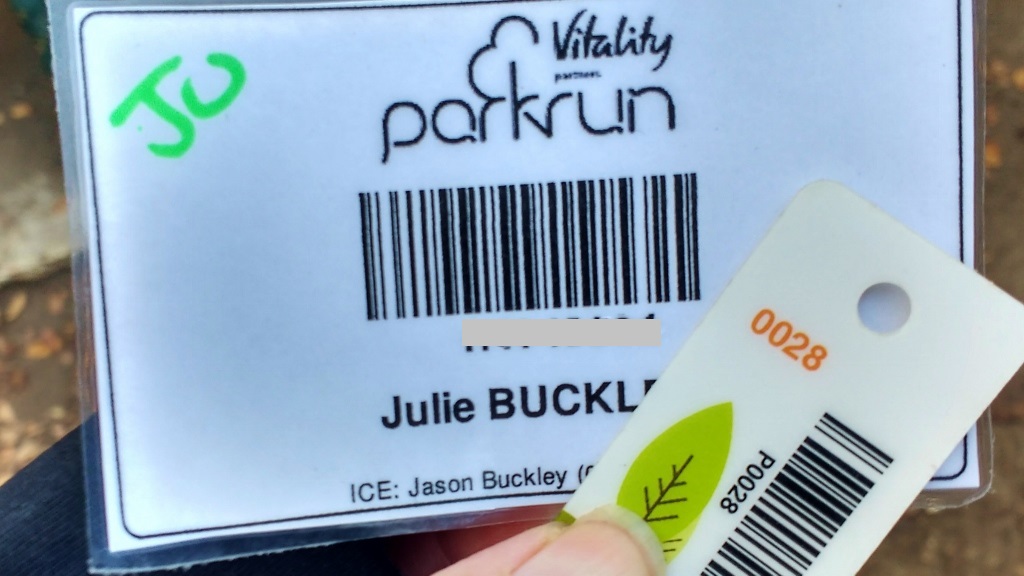
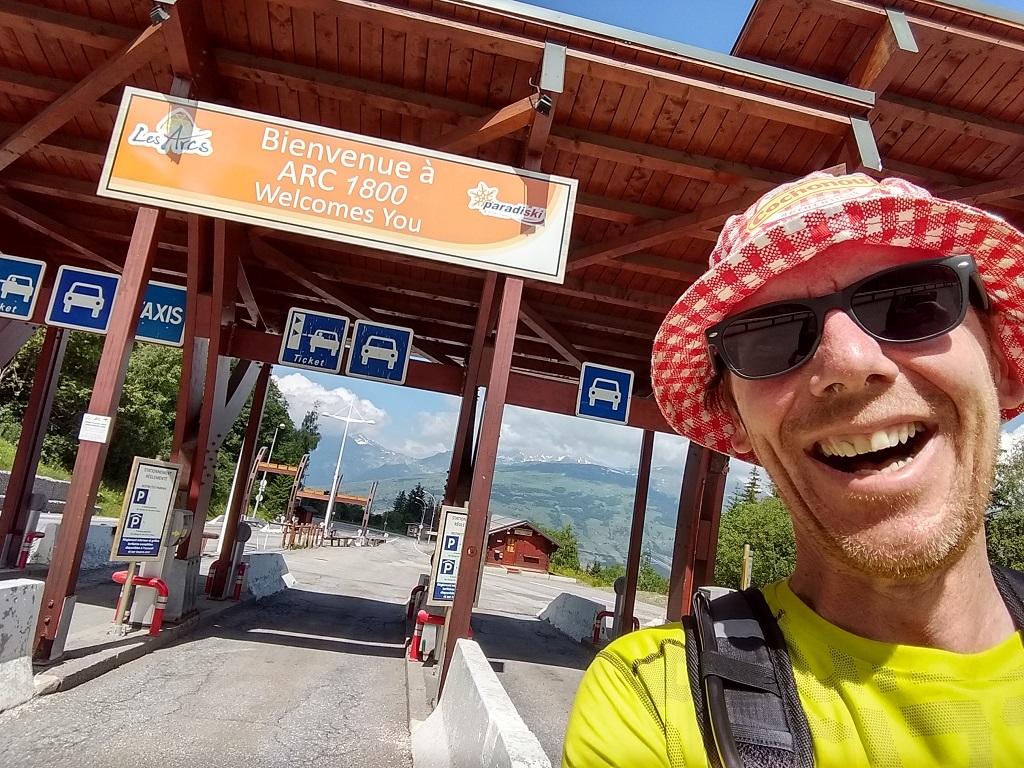
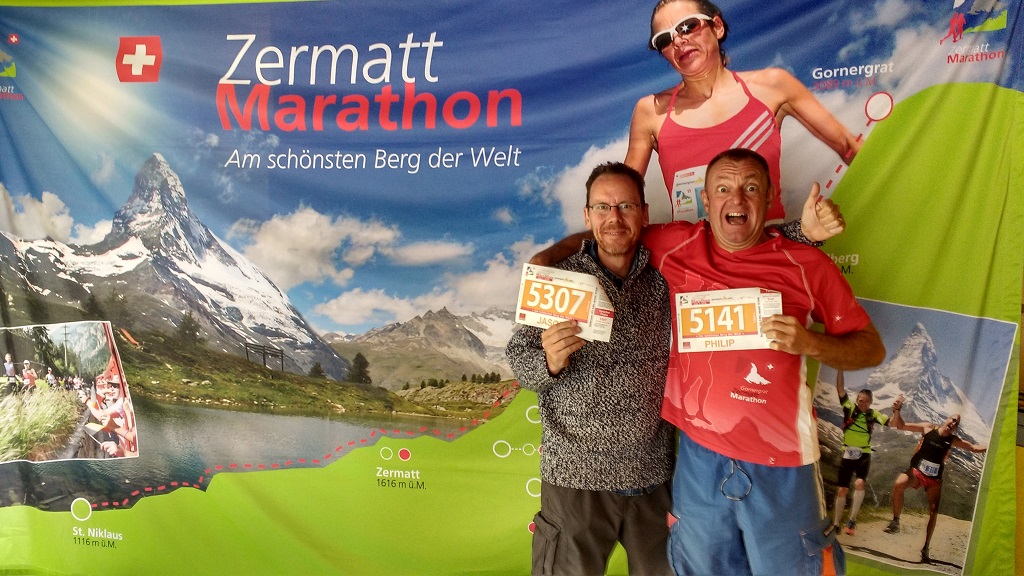



Hi both, i am just in the very early stages of running at the tender age of 53 and your writing does inspire me to carry on with it after an early calf tear injury which I have almost recovered from, I was thinking about giving it up and just stick with cycling. My wife and I are off to Spain in our motorhome hopefully the first week in April for around 8 weeks but we are waiting to see what happens with Brexit as we take our small dog so if there is a no deal hard brexit we will have to put this off. On another notes when you are travelling through Spain to you drink the local water from aires / campsite or bottled. Looking forward to your updates.
Hi Guy
Thanks and please don’t give up! Build up slowly sir (I’m great at giving this advice, terrible at taking it!).
Yes, we drink water from the Spanish mains system. We apply a bit of common sense to check the tap is potable, although they’re often not marked so you may need to ask if uncertain.
Cheers, Jay
Great blog Jay, as usual. Another slight downside of running while travelling – may shoes are falling to bits and getting them replaced with ones I prefer is a pain when we are not in one place longer than two nights 😎
Ah yes, getting ‘stuff’ is generally hard when moving so quickly. Sellotape mate, the way forward! Jay